TRIP #2-2010 EXPLORING THE MURDOCK BASIN–July 2-4, 2010
This is an area outside of the Wilderness Area, but worthy of checking out as reportedly Golden Trout could possibly be found there. You go east from the Wasatch Front to Kamas and there get on the Mirror Lake Scenic Byway–SR-150. About 14 miles from Kamas you come to this worthwhile display that for me is new, concerning the Civilian Conservation Corp (CCC) of the Great Depression era. Many of its projects were in the High Uintas, such as construction of trails, the Mirror Lake road, etc. Later, for your enjoyment, I’ll put on the website a photo essay based on this display
Leaving this rest area one sees a sign indicating distances to key spots along the highway seen below. It will help you get your bearings as you drive up this marvelous scenic highway.
About 5 miles further, or 70 miles from Springville, you come to the Murdock Basin Road. It being paved is very deceptive to say the least–I’ll explain in a moment. Just a short distance down the road is the first sign:
Soon the pavement ends and the real road begins, but first a Forest Service information sign welcoming you to the area.
The map shows a short distance ahead a fork in the road, the right fork leading down into the Canyon of the Duchesne River. We will take the left fork our goal being Echo Lake. Below is a zoom in of the map with our target area in the dead center.
The road becomes very rocky and rough to say the least. You would not want to navigate this road in a passenger car. My small 4×4 SUV had me many times on the verge of parking to go forward on foot with pack on my back. Somewhere along the way my side view mirror got ripped off.
Here we see the fork in the road.
The road looks pretty good in this shot, but believe me I had to many times go very slowly easing myself along as I rode the high center hitting my frame more than once, just barely slipping between boulders I didn’t have the clearance to go over, etc. If you aren’t familiar with the phrase “ridding the high center” you’d better not attempt it unless you have a larger, high clearance 4×4.
The next sign you come to gives you the choice of going to Pyramid Lake and Echo Lake, then a fork giving you the choice of one or the other. I continued to Echo.
Soon I decided to hoof it and started with pack on my back, but then realized that most of the road behind me was worse, and then continued in the car to the end of the road with the lake in sight. With pack on my back I continued to the lake and then circled around to the northern shore where high cliffs guarded the lake. Finally I was able to relax a bit and begin noticing the beautiful colors of wildflowers all around me. I will not make any effort to identify the flowers I insert, but leave that for the Wildflower Albums in the Galleries section.
This is a tiny flower not more than 1/2 inch wide.
Beautiful Echo Lake about 9,700 ft. elevation. By the way NOW THE MOSQUITOES WERE OUT IN FORCE–so from now on go prepared with 98-100% Deet insect repellent. I was assured by the Division of Wildlife Resources that the lake still had Golden trout, last year some being caught as large as 12 inches. The Utah State record is 14 inches from Atwood Creek of the Uinta River Drainage. They are native of portions of the Sierra Nevada Mountains in California, but the world’s record is a bit over 11 lbs. from Wyoming’s Wind River Wilderness.
I set up my camp, fetching and purifying enough water for all my needs.
Then put to soak all my supplements, dinner, and breakfast and then went fishing. I tried lures like my favorites Colorado Spoon and Thomas Cyclone, but with no luck. As the evening approached the lakes surface turned to glass and surfacing fish were seen so I changed to flies.
With mosquitoes all over I thought that pattern would be a winner, but nothing. Finally a larger pattern sort of moth-like began working on almost every cast. Time after time I was excited hoping to see a Golden trout, but small Eastern brook trout is what I caught, and kept one for my dinner.
In circling the lake and navigating downed timber I scraped my knee and immediately disinfected it with what I had at hand–insect repellent. Later I added Neosporin antibiotic ointment.
To get my small campfire going I replenished my supply of pine pitch–enough for the several fires I would need on the trip.
Very quickly I had the fire going and dinner was soon ready.
The next morning I was awake listening to KSL OUTDOORS and at 6:35 made my Satellite call. When I talked to the guys I didn’t know that in the 2nd hour they were going to talk about “BIG FOOT.” This was of great interest to me as my next trip will be backpack through the area where reports of his (its) sighting have been reported, and where I have said, “Rumors have it that Big Foot is waiting for me up there to take a family portrait!”
I tried again to luck out catching a Golden trout, but failed, so packed up and headed up the mountain–and I really mean “UP!”
I circled south around the lake until the cliffs ended and I could see a possible pathway up the mountain. It was very steep and rocky, with a lot of downed timber. I found that I was doing a lot better with my balance–that was questionable on my first trip. My “mountain legs” were beginning to work for me. The guidebooks state that there is no trail from Echo Lake up to Joan, but when almost to the top I found a trail that angled up from about the area where the road ends. It is not a maintained trail with much downed timber blocking it one has to work around. Along the way the view of Echo Lake was breathtaking as you see below.
Soon Joan Lake appeared with an old sign post, and a piece of wood with “Joan Lake” written on it with charcoal. The lake is at 10,030 ft. elevation.
As I was trying to get a photo of the lake Dan Olsen appeared with a rifle over his shoulder.
He told me he had seen bears in the area down-below. I had come prepared for such with my Colt .45 Defender just in case I needed to fire a warning shot.
I worked myself around to the northern edge of the lake and set up my camp, preparing all my stuff for the evening and the next morning, and then headed out on a day hike to test the waters of Gem Lake upstream from Joan. My paddle holster worked well with my camera waist-pack.
Less than a mile upstream I came to Gem Lake.
Its waters looked dark, sort of like stagnant water, but there seemed to be many Eastern brook trout. I caught a few like the one below, but saw somewhat larger brookies following my lure.
Up above the cliffs to the north is found Blizzard Lake, but according to the DWR pamphlet it doesn’t sustain fish life, so I didn’t bother with it, but returned to Joan Lake which actually was a fairly large and pretty lake.
It was time to test its waters. The wind was picking up quite a bit so I continued to use spinning lures–the Colorado Spoon being the one that always worked at Gem, and so I stuck with it at Joan fishing the northern shore that had cliffs and talus slopes coming down into fairly deep water. Once again I only caught Eastern brook trout, but seemingly of two different types–both seemed very strong. One type thick or heavy as seen below.
The other type was more normal in body configuration, but with brilliant orange on its belly.
There are supposed to be native cutthroat trout also in the lake, but so far this season I haven’t seen one–apparently the “urge to merge” is still pretty strong, but should end soon.
Having failed at catching and photographing a Golden trout, I decided to focus the rest of my time photographing the ABUNDANT COLOR of wildflowers.
My Leatherman Squirt tool, about 2 inches long was used to give size perspective, so these tiny purple flowers are about 1/4th inch wide.
Here we are seeing a flower perhaps 1/8th inch wide. Many of these flowers are never noticed by hikers.
On Sunday morning I was hoping to get an impressive photograph during that magical sunrise moment, but during the night there was thunder and lightening all around me, and when the day dawned I was under a dark and menacing sky. I decided it best to pack up and get out of there before the rain–there isn’t hardly anything worse than to have to break camp and pack up under a good rain. I got out of there in record time and made it back to the car.
We are now back along the Mirror Lake Scenic Byway.
Two different types of Stonecrop.
So I found tons of color–but in flowers, rather than the colorful Golden trout. I’ll have to put back on my future schedule The Search for the Golden Trout in the Lake Atwood area of the Uinta River Drainage.
NEXT UP: Trip #3 From the East Fork of Blacks Fork Trailhead, SEARCH FOR “BIG FOOT” up Little East Fork of Blacks Fork–Testing the drainage’s alpine lakes, then on to Squaw Pass and down to Porcupine Lake. From there, over Porcupine Pass (12,236 ft) and testing the 3 no-name lakes above North Star Lake, on to Tungsten Lake and Pass to test the waters of Y-19 and Y-20 lakes. From there, back over Porcupine Pass and if I have time explore and test off-trail Oweep and Lambert Lakes, and back over Squaw Pass and down to the Trailhead. This will be my only long backpack of the season. See my revised schedule for details.
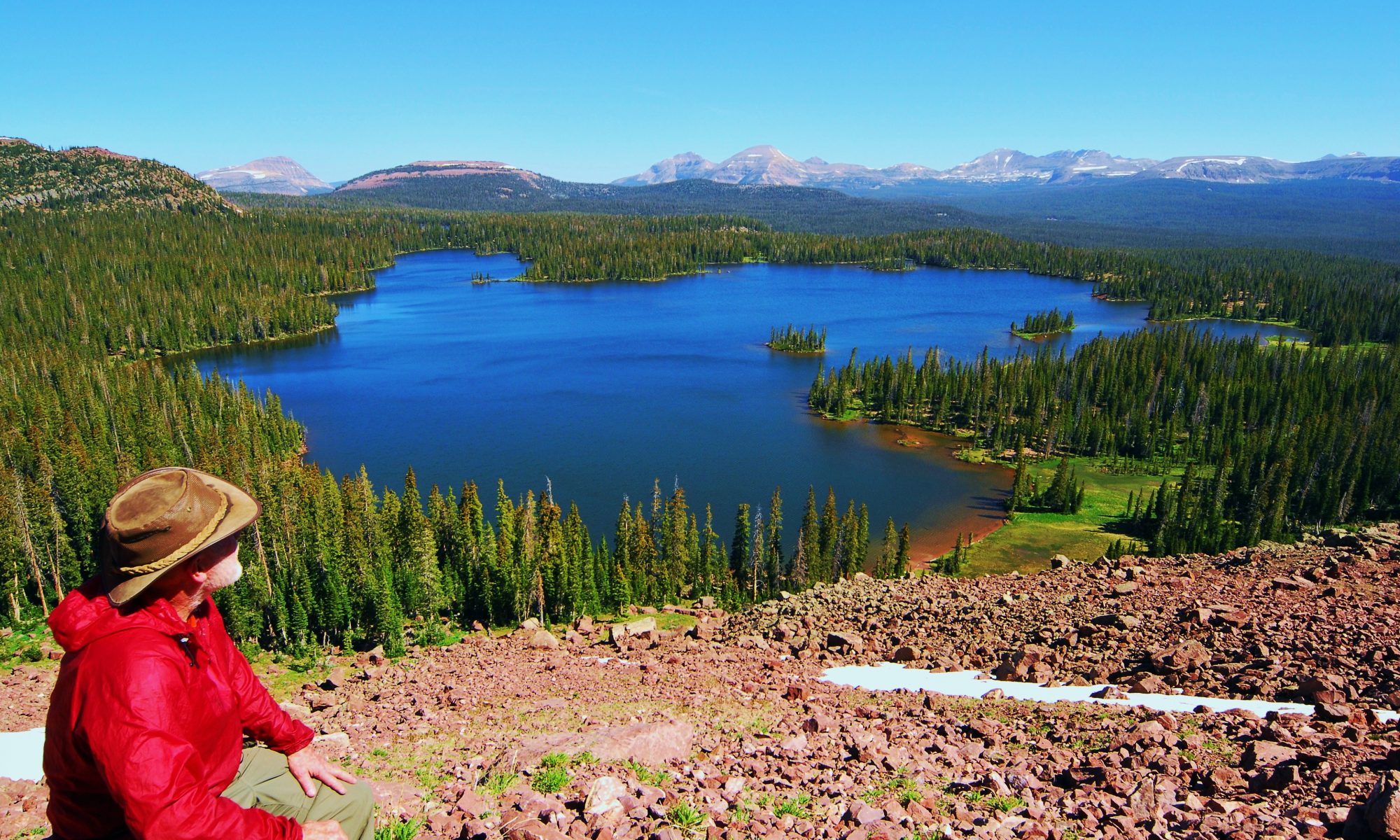
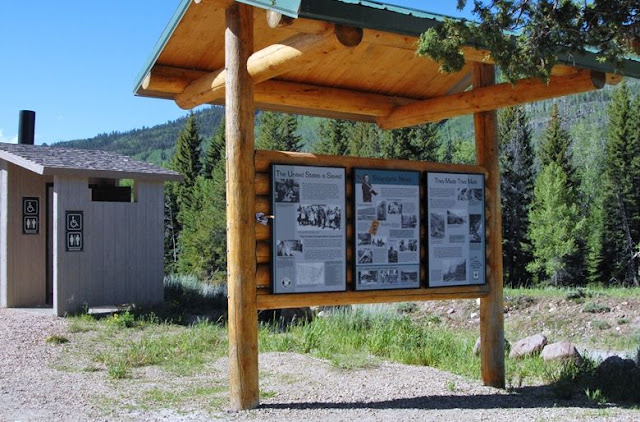
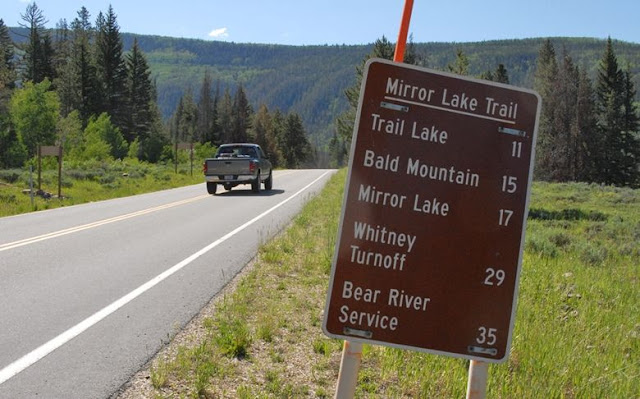
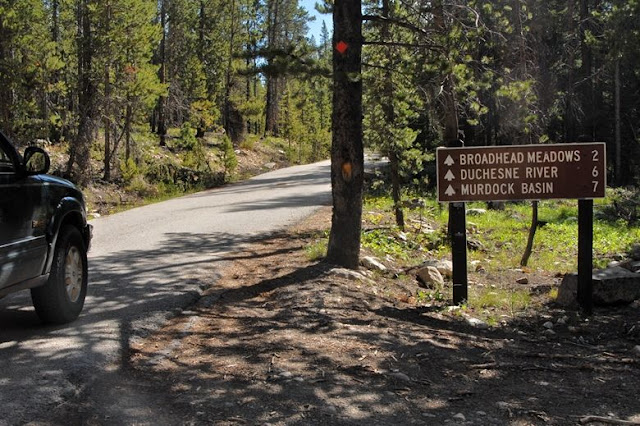
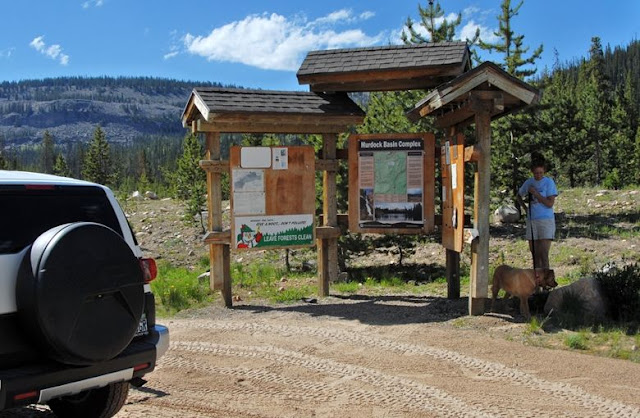
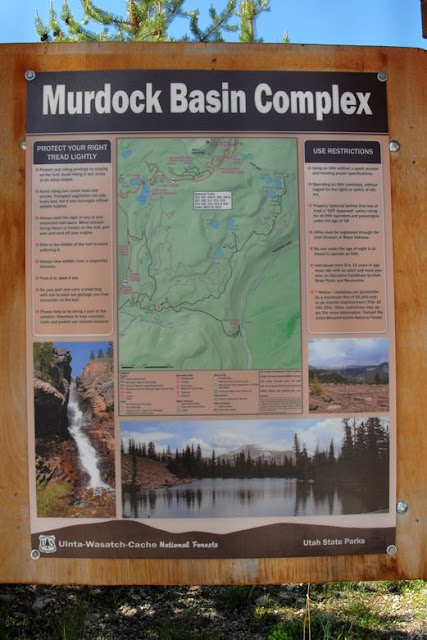
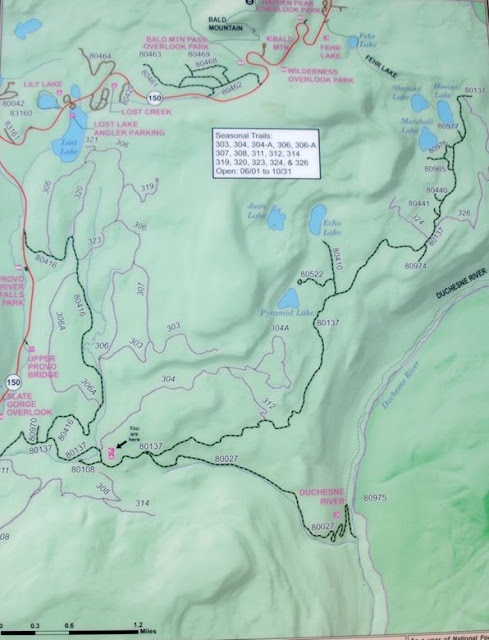

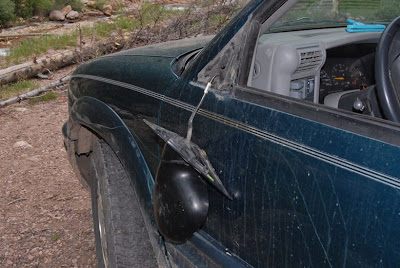
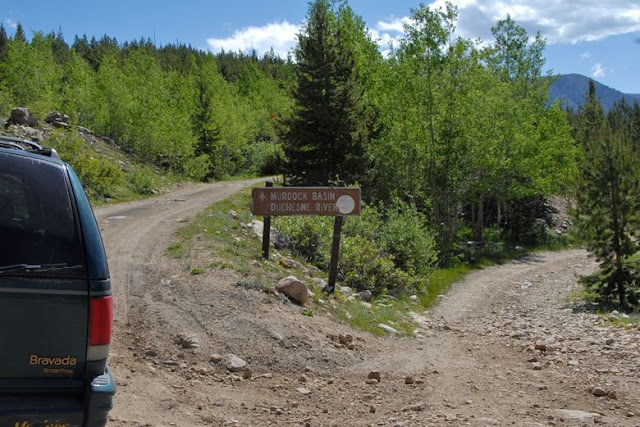
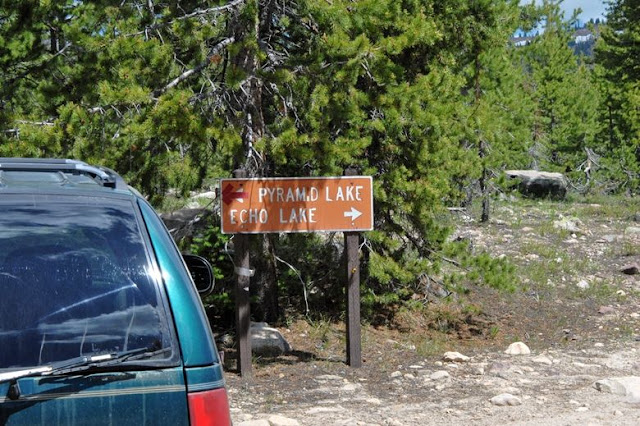
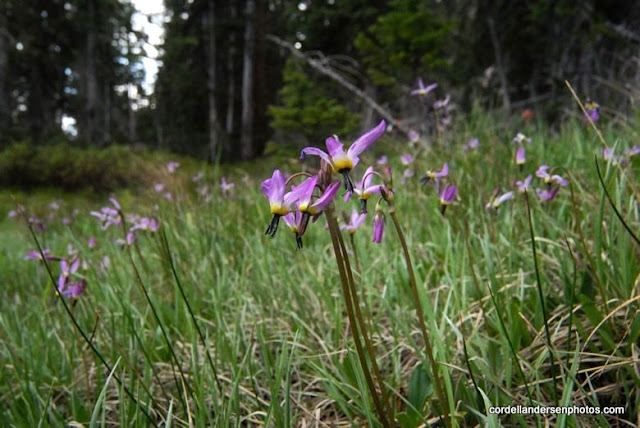
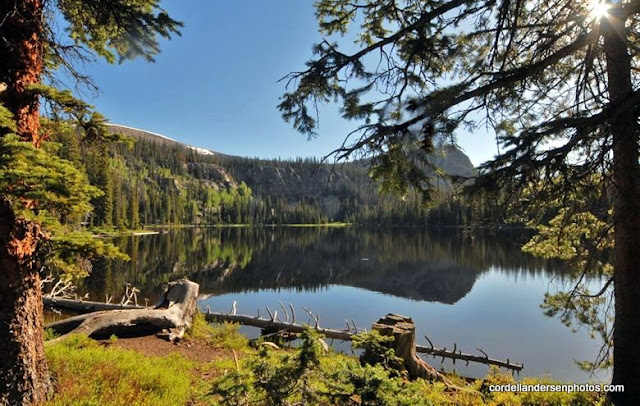
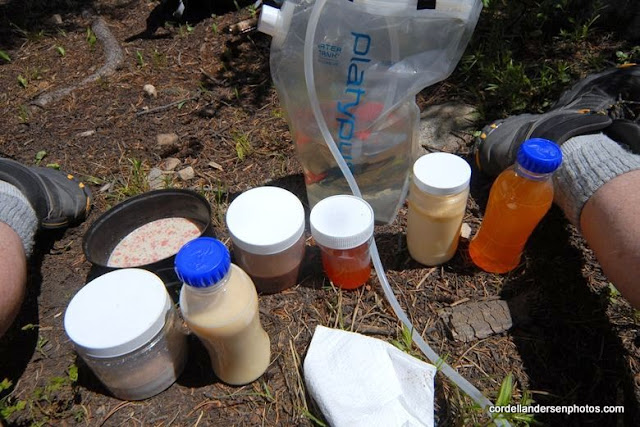
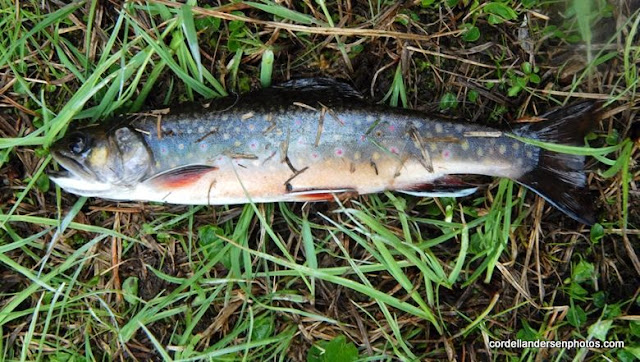
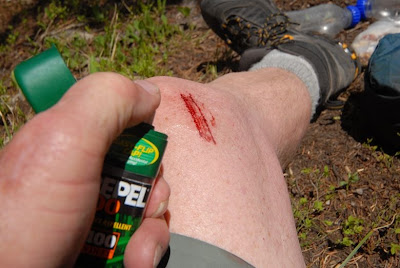
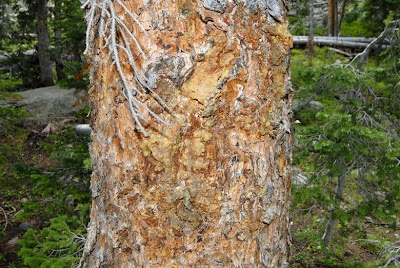
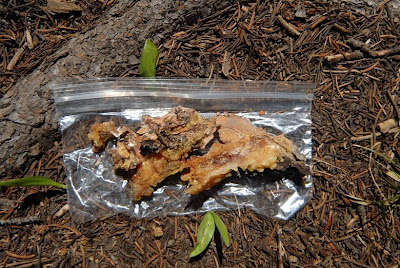
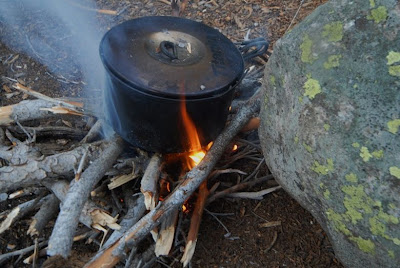
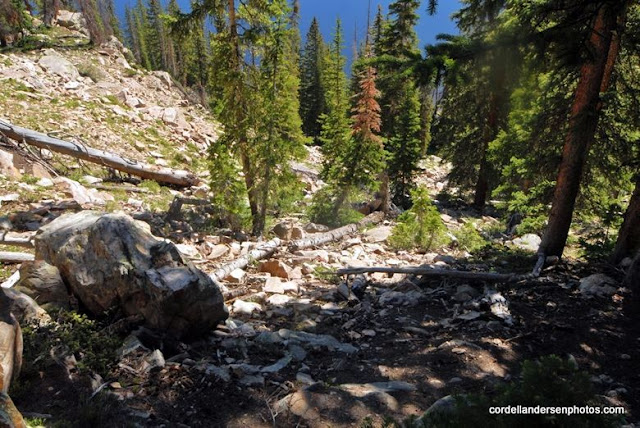
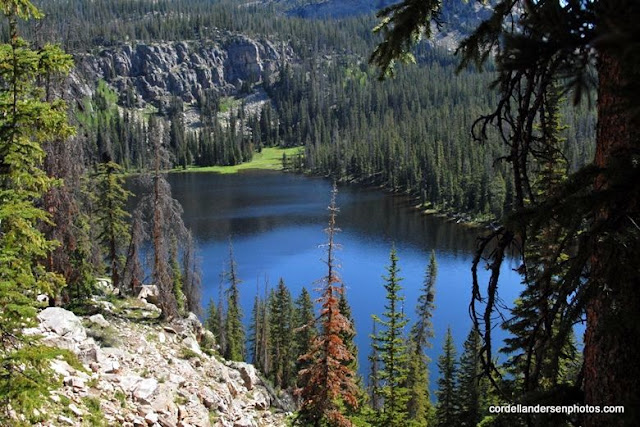
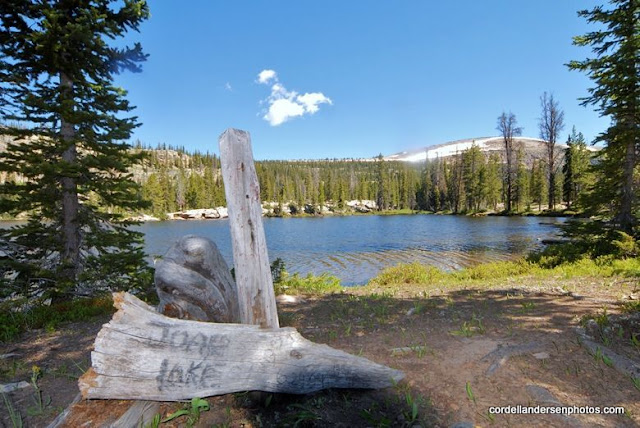
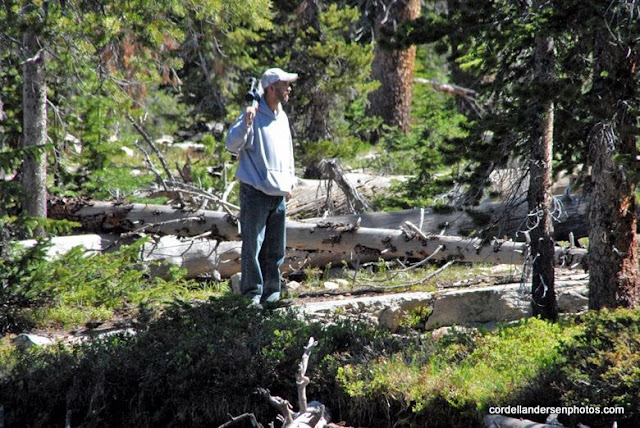
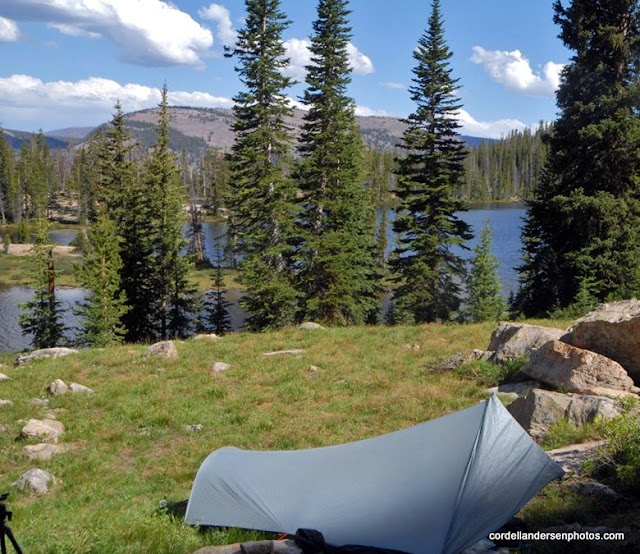
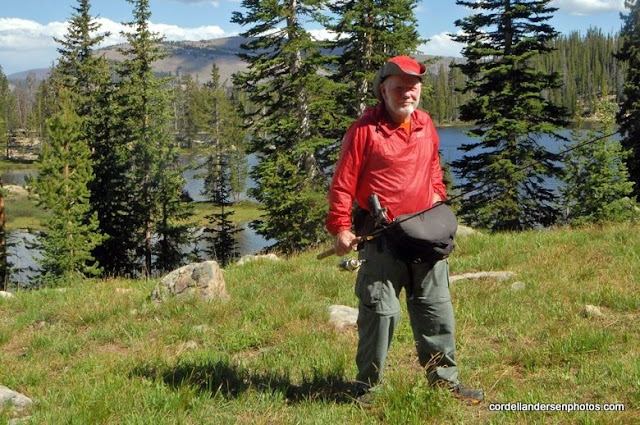
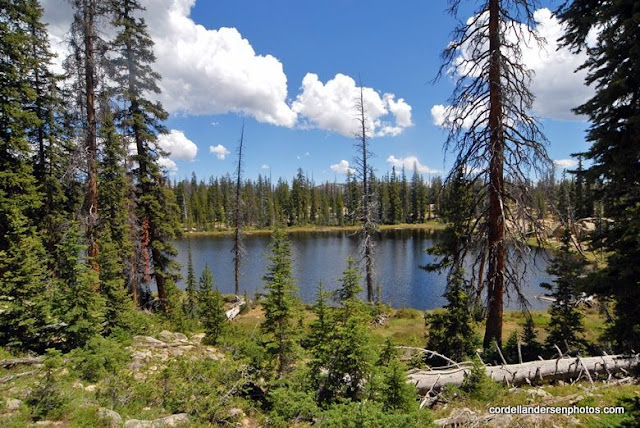
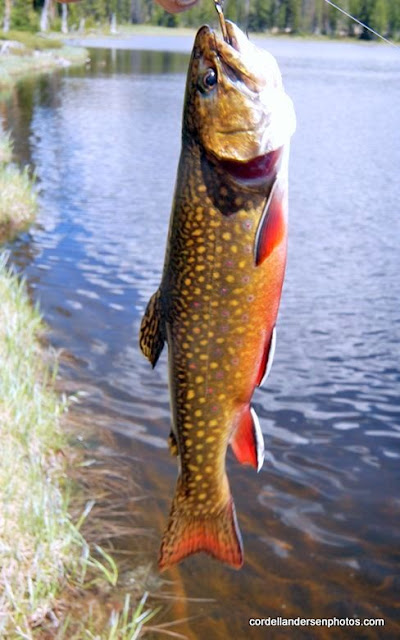
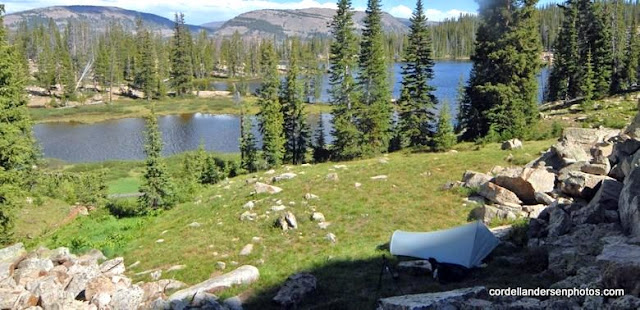
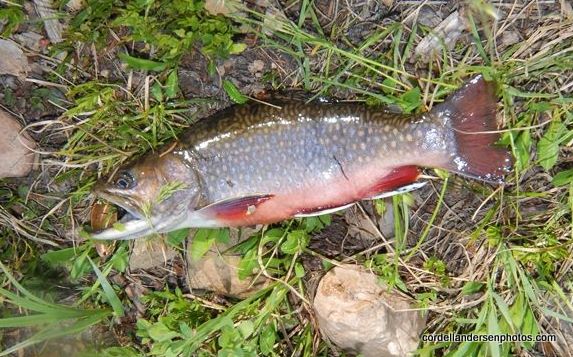
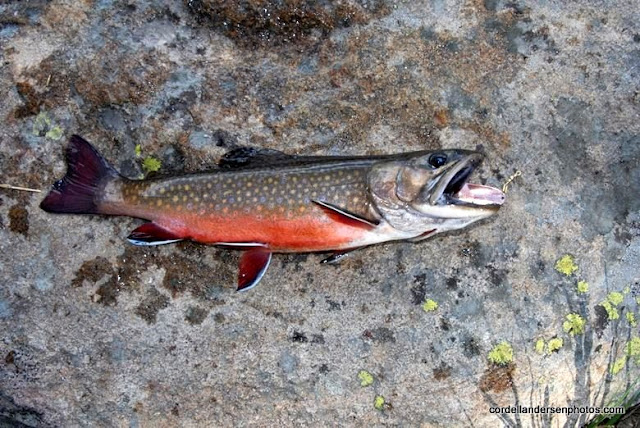
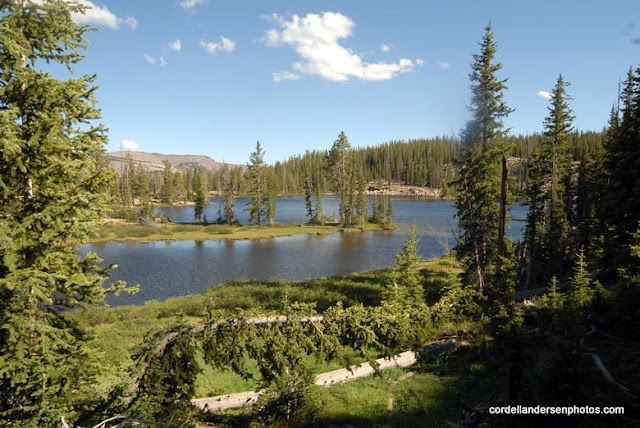
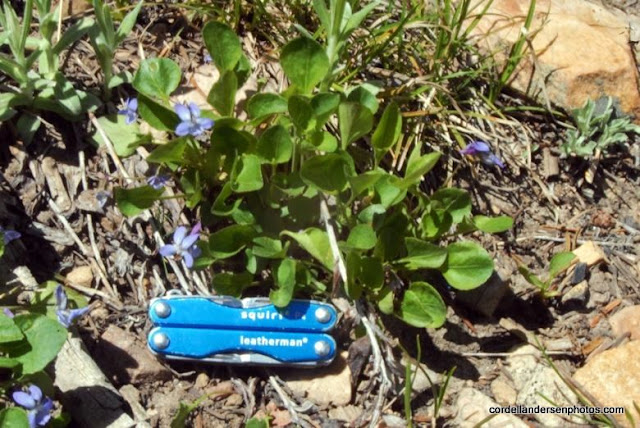
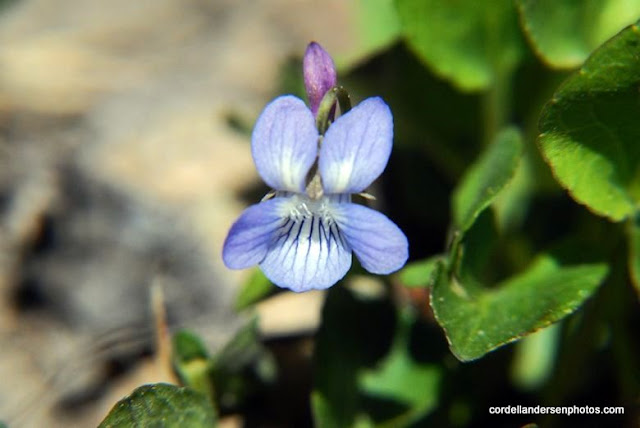
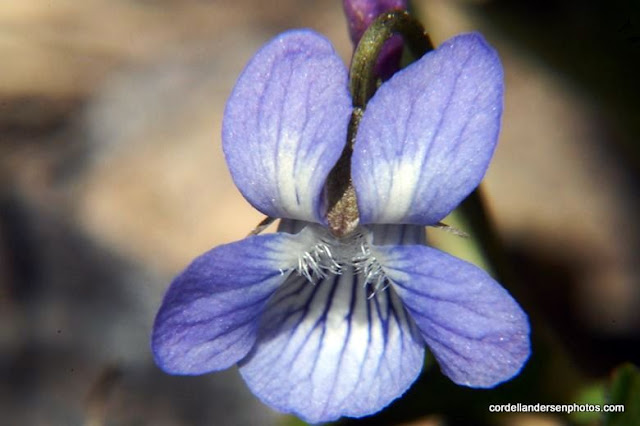
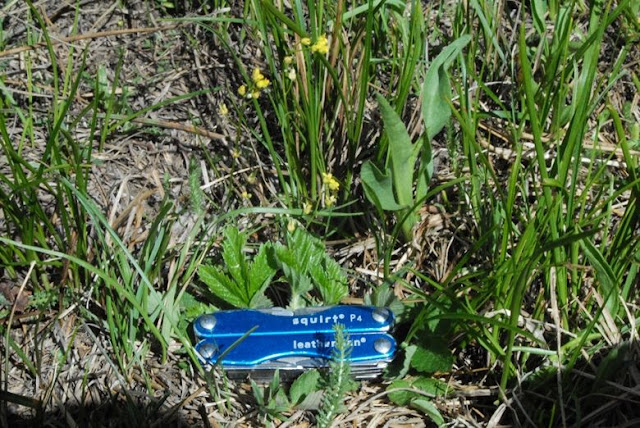

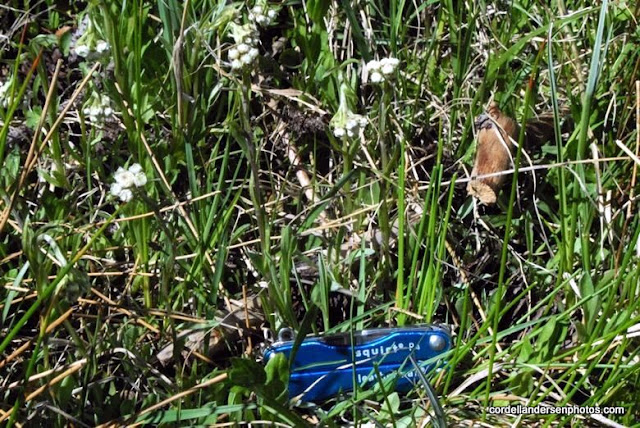
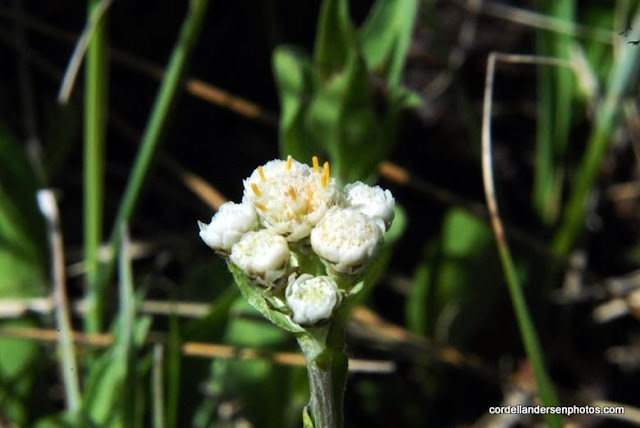
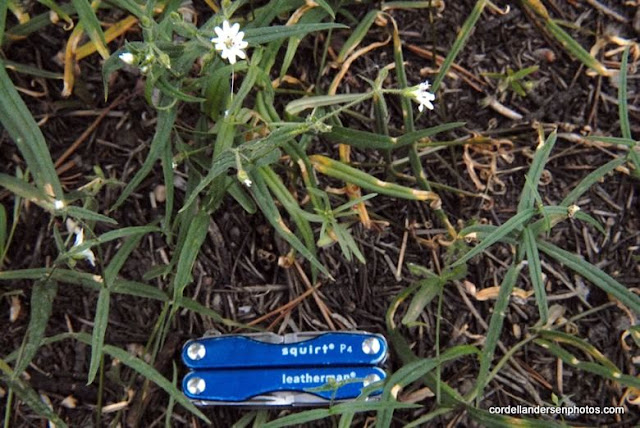



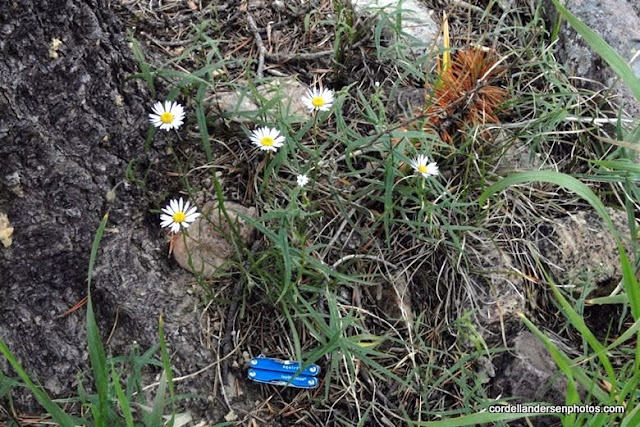
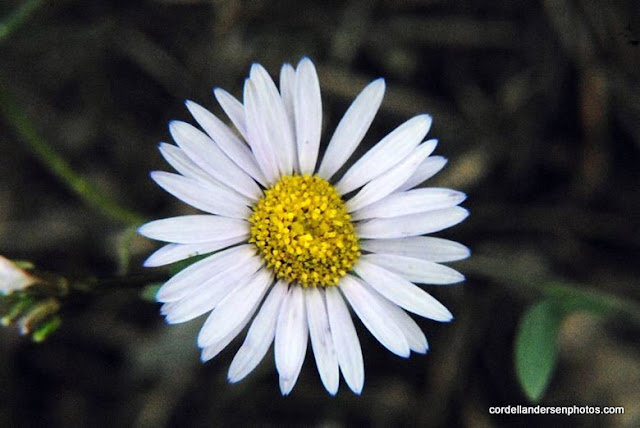
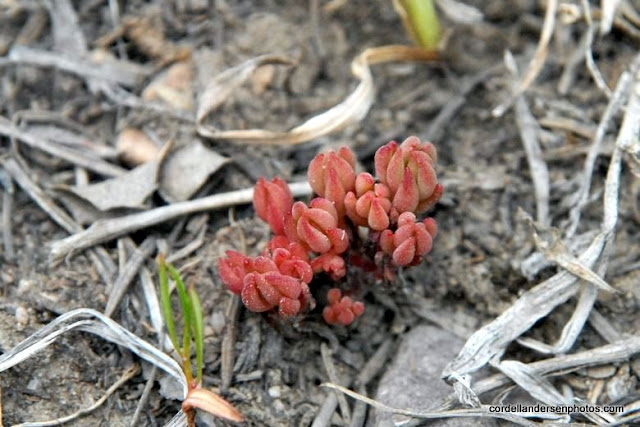
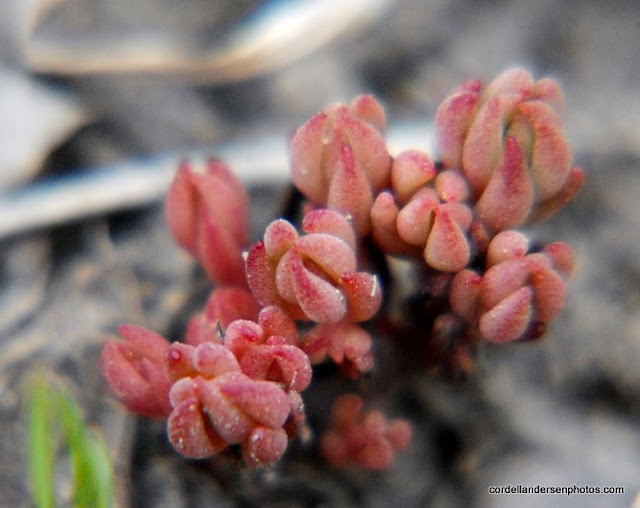
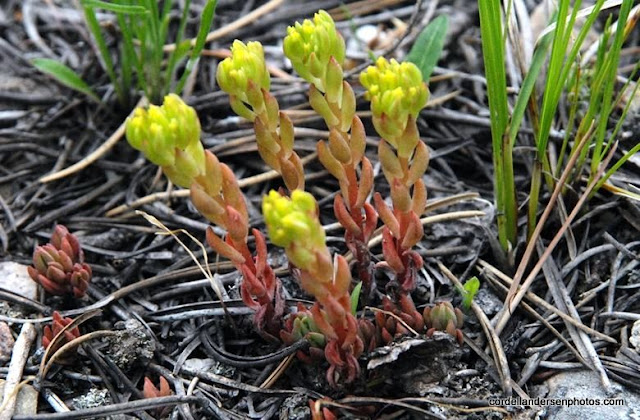
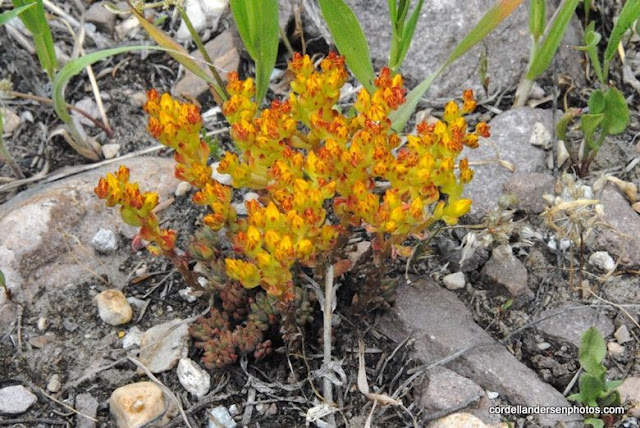
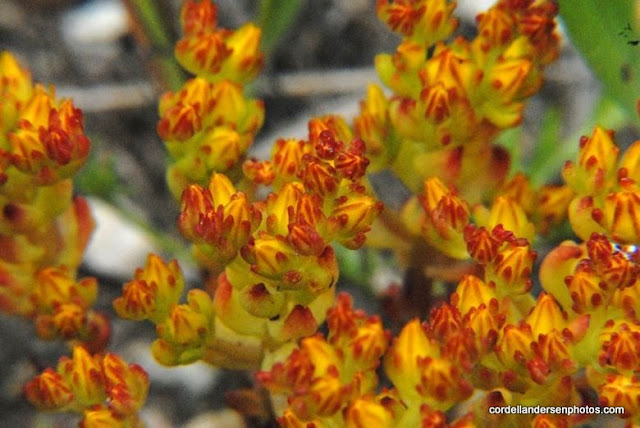


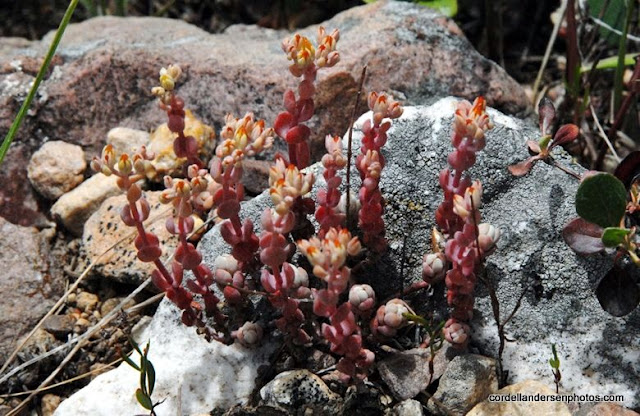
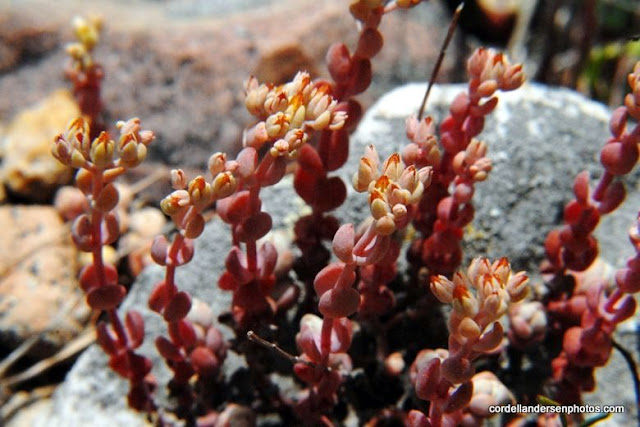

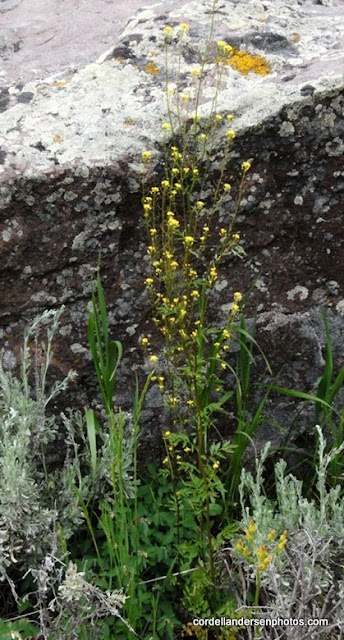
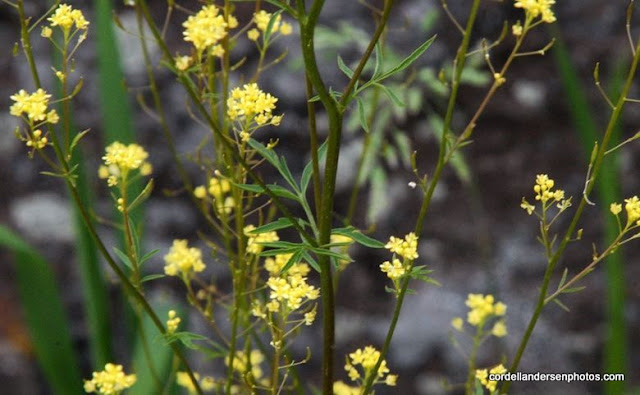
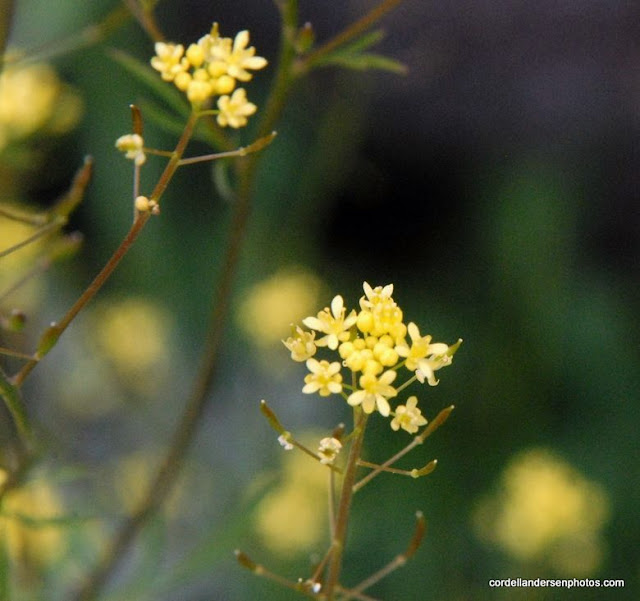
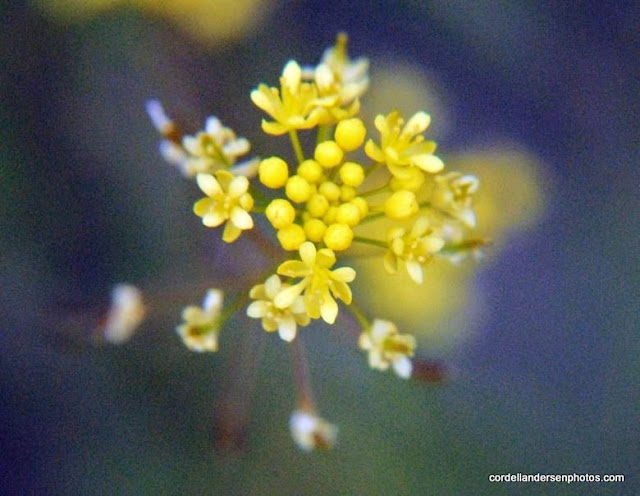

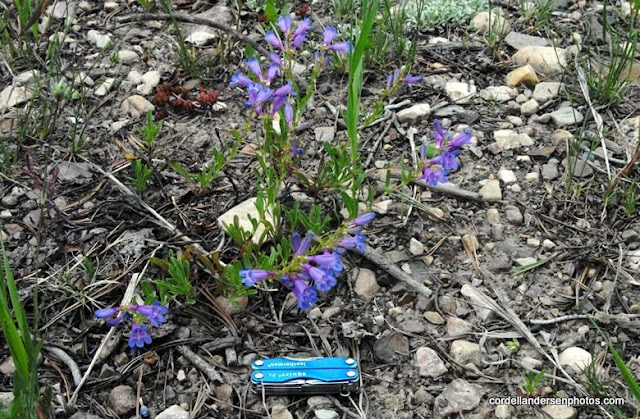

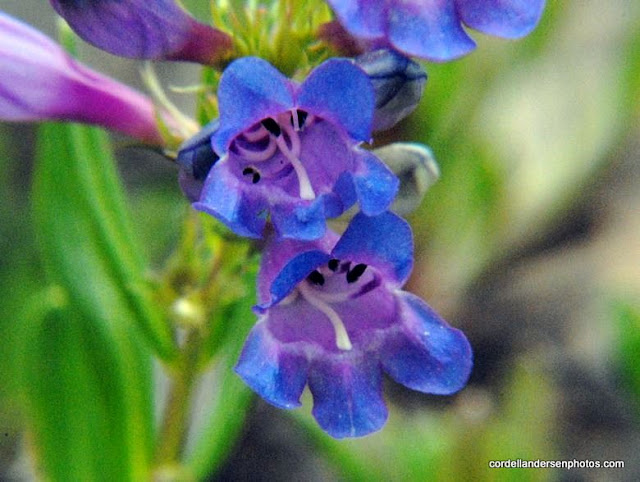
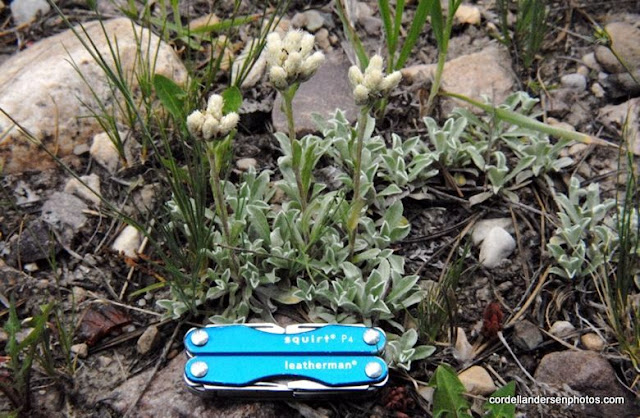
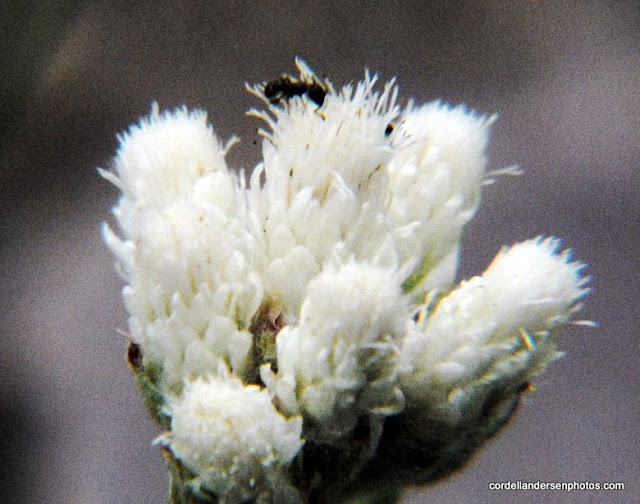
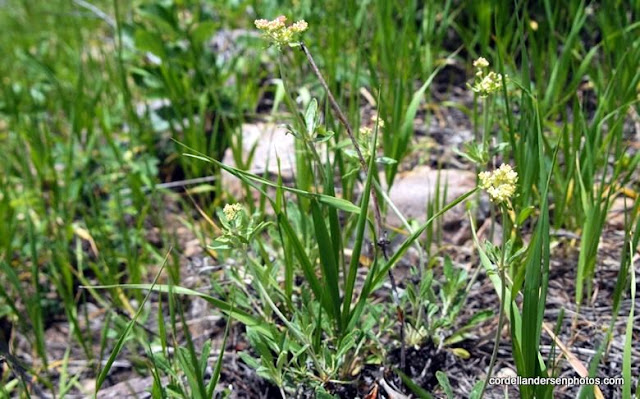
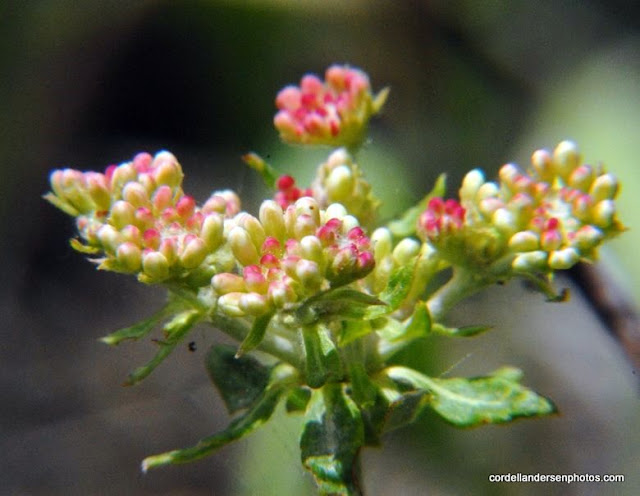
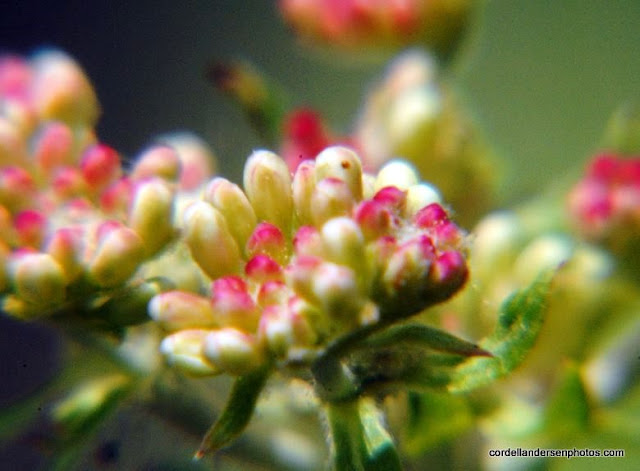
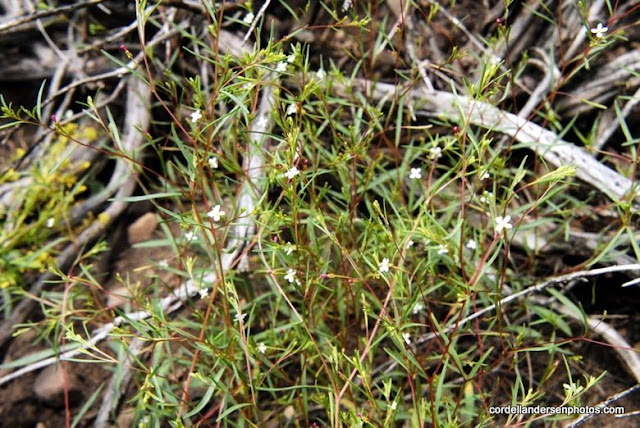
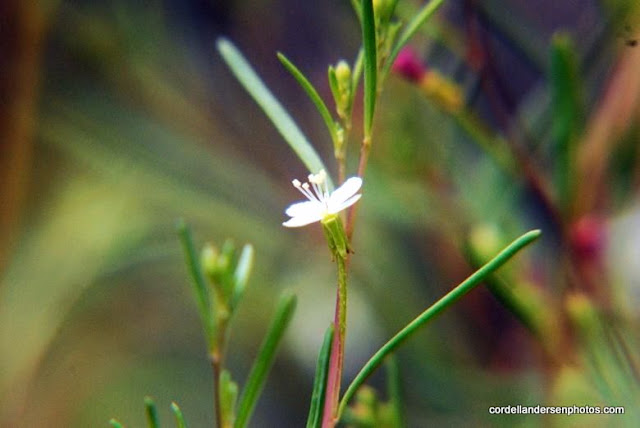
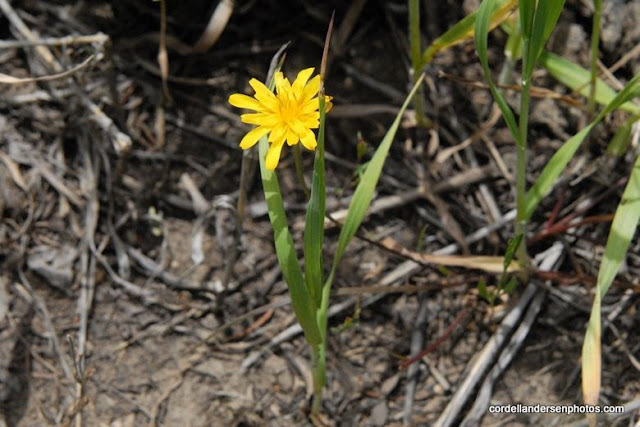

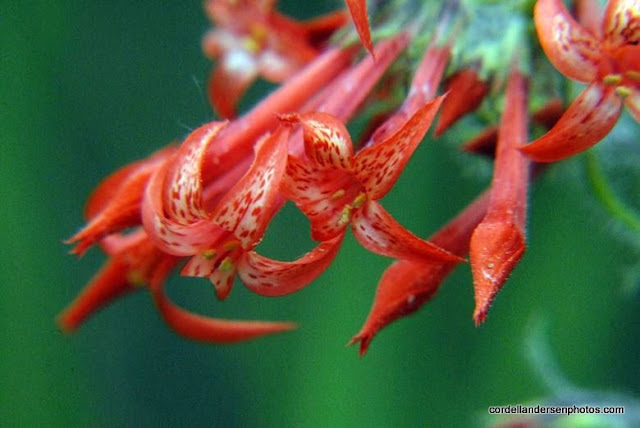
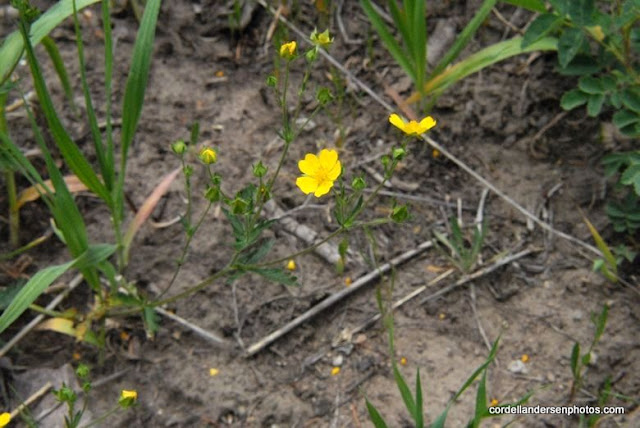
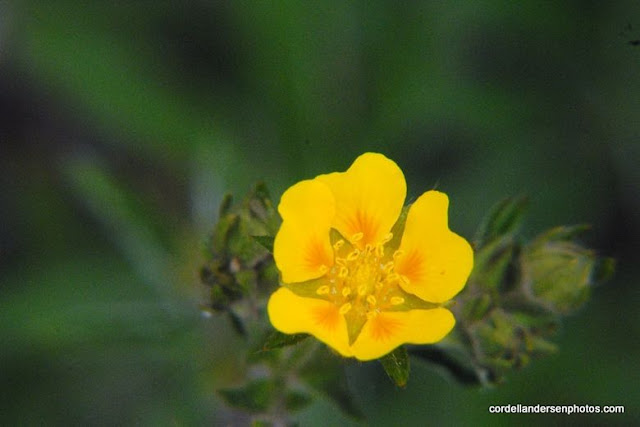



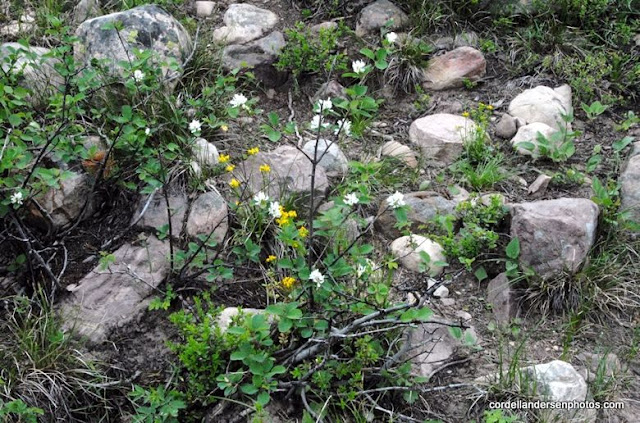






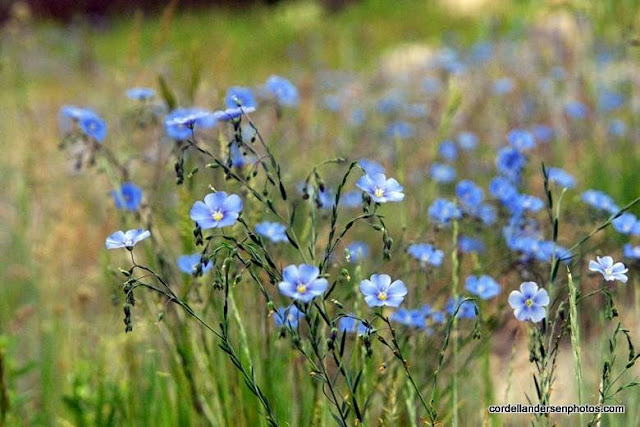
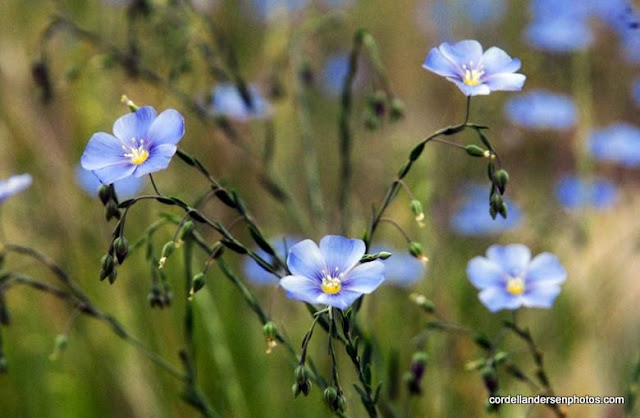

THANKS CORDELL ! ! !
What a fantastic account of you trip. Very much enjoyed the photos. Looking forward to your report Saturday.
Russ
Skycall